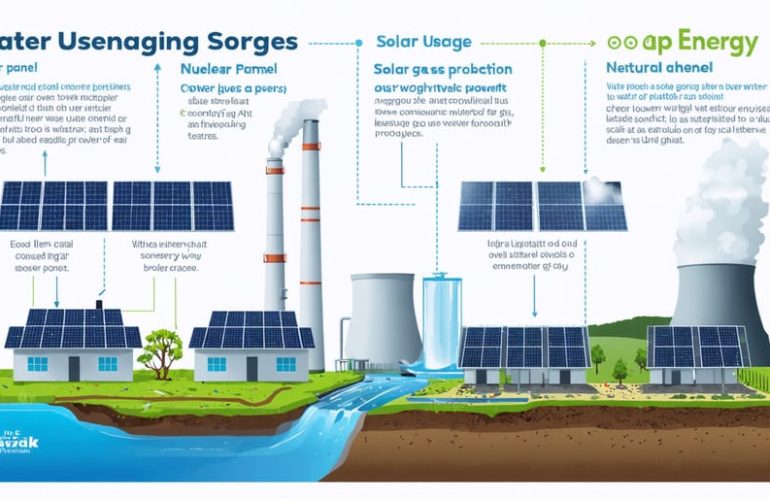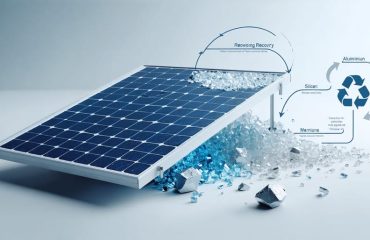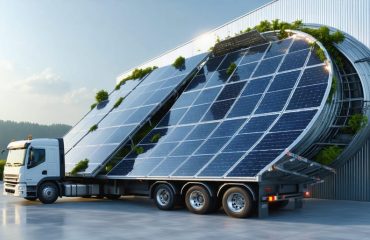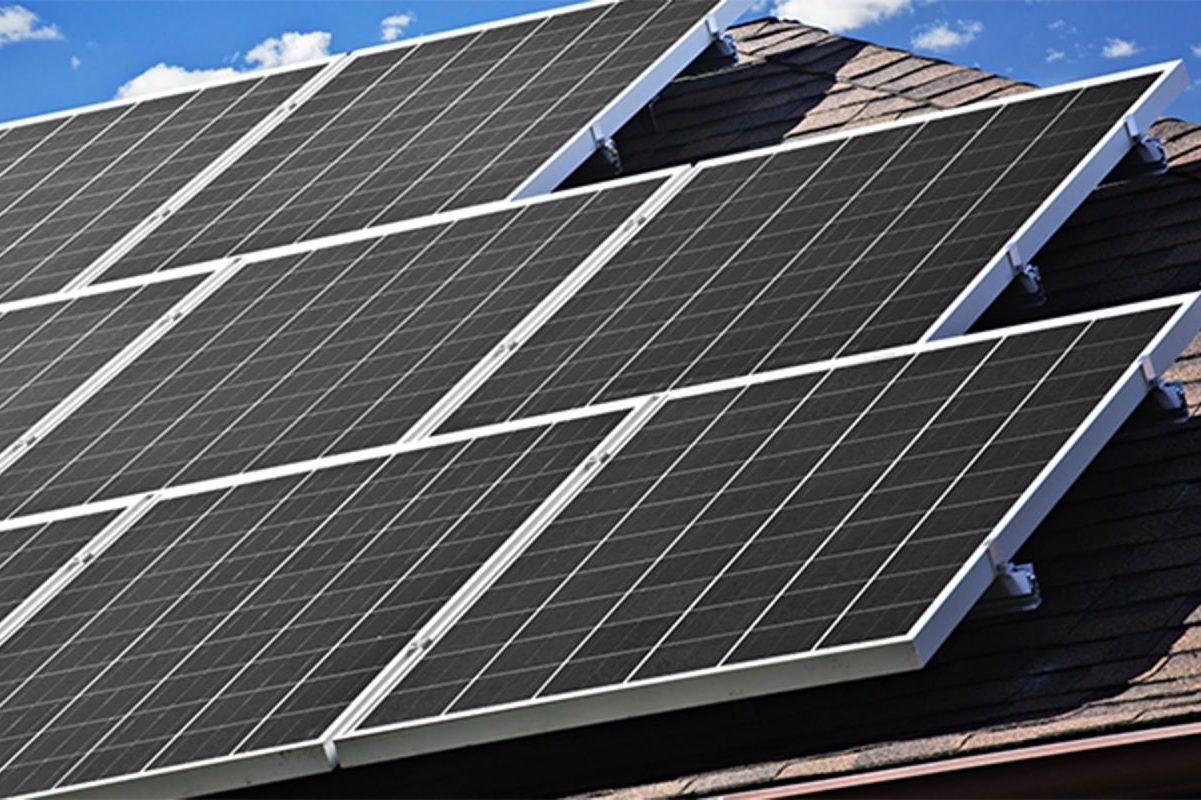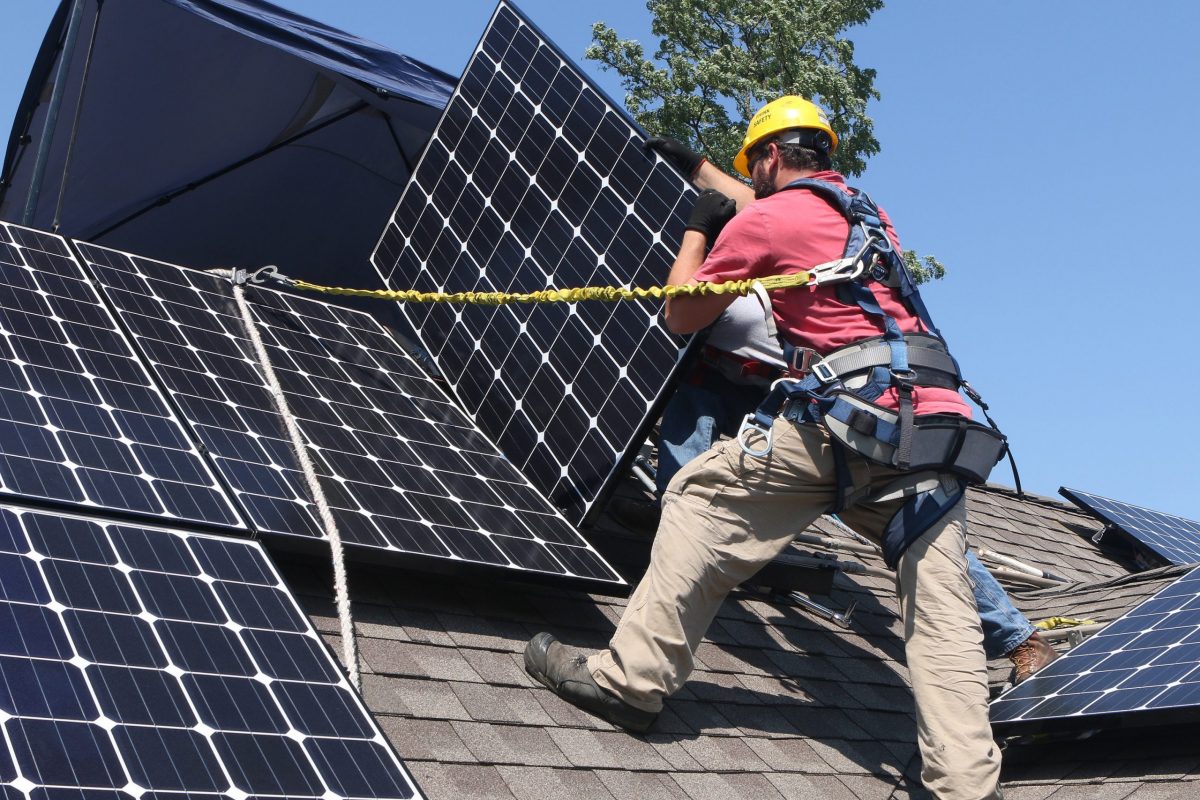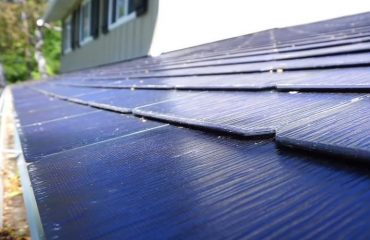As concerns about the environmental cost of solar manufacturing grow, it’s crucial to understand the complete picture. Solar panel production does require significant resources and energy, particularly water usage during manufacturing. However, these environmental impacts are typically offset within 1-4 years of operation, while panels continue producing clean energy for 25-30 years. Modern manufacturing facilities are increasingly adopting water recycling systems and energy-efficient processes, reducing their environmental footprint by up to 50% compared to a decade ago. When weighed against the devastating effects of fossil fuels, including air pollution, greenhouse gas emissions, and water contamination from mining, solar panel production emerges as a significantly more sustainable choice for our planet’s future.
Understanding Solar Panel Manufacturing’s Water Footprint
Silicon Purification Process
Water plays a crucial role in the solar panel manufacturing process, particularly during silicon purification. Raw silicon must be refined to achieve the high purity levels needed for solar cells, which requires significant amounts of water for cleaning and cooling. However, modern facilities are increasingly implementing water recycling systems that dramatically reduce overall consumption.
The good news is that manufacturers have made substantial progress in water conservation. Many facilities now reuse up to 90% of their process water through advanced filtration and treatment systems. This closed-loop approach means that while the initial water requirement might seem high, the actual ongoing consumption is much lower than commonly believed.
For perspective, the water used in silicon purification is typically clean industrial water that can be recycled multiple times. The industry has also developed innovative dry-cleaning techniques that help reduce water usage. These improvements mean that the water footprint of solar panel production has decreased significantly over the past decade.
It’s worth noting that while water usage in solar manufacturing is a valid concern, the panels will generate clean energy for 25-30 years, offsetting their production impact many times over. Manufacturers continue to improve their processes, making solar production increasingly sustainable and water-efficient.
Cell and Module Assembly
The cell and module assembly phase of solar panel production does require water, but manufacturers have made significant strides in reducing consumption and implementing water recycling systems. During cell manufacturing, water is primarily used for cleaning and cooling processes, ensuring that silicon wafers are free from impurities that could affect performance.
Modern solar facilities typically use closed-loop water systems, where the same water is filtered, treated, and reused multiple times. This approach has dramatically reduced the industry’s water footprint compared to earlier manufacturing methods. For example, many leading solar manufacturers now use up to 70% less water than they did a decade ago.
The assembly process itself is relatively water-efficient, mainly requiring water for quality control testing and final cleaning of the completed panels. Most of this water can be recycled and reused in subsequent production cycles. Additionally, innovative waterless cleaning technologies are being developed and implemented, further reducing water consumption.
When compared to traditional energy sources, solar panel production actually uses significantly less water. While a solar panel might require a one-time water investment during manufacturing, conventional power plants continuously consume large quantities of water for cooling and operation throughout their lifetime. This makes solar panels a more water-efficient choice for energy production in the long run.
Comparing Water Usage to Other Energy Sources
When comparing water usage in solar panel production to traditional power generation methods, the results might surprise you. While solar manufacturing does require water, particularly for cleaning processes and cooling, it actually uses significantly less water over its lifetime than conventional power sources.
Traditional coal and nuclear power plants require massive amounts of water for continuous cooling during operation. A typical coal plant uses between 20,000 to 50,000 gallons of water per megawatt-hour of electricity produced. Nuclear plants consume even more, requiring up to 60,000 gallons per megawatt-hour. In contrast, solar panel manufacturing uses water primarily during the initial production phase, with minimal water needs during its 25-30 year operational lifetime.
The water consumption for solar panel production averages around 200 gallons per megawatt-hour over its entire lifespan. This includes all manufacturing processes, from silicon purification to panel assembly. Once installed, solar panels require only occasional cleaning, which can often be accomplished with rainwater or waterless cleaning methods.
Natural gas power plants, while more efficient than coal, still use approximately 10,000 gallons of water per megawatt-hour. Even hydroelectric power, which seems water-friendly, loses thousands of gallons per hour to evaporation from reservoir surfaces.
The solar industry continues to improve its water efficiency through innovations in manufacturing processes. Many manufacturers now implement water recycling systems and dry cooling methods, further reducing their water footprint. Some facilities have achieved up to 90% water recycling rates in their production processes.
When considering the environmental impact of solar panels, it’s important to look at the complete picture. While water usage in manufacturing is a valid concern, solar power demonstrates superior water efficiency compared to traditional energy sources over its operational lifetime.
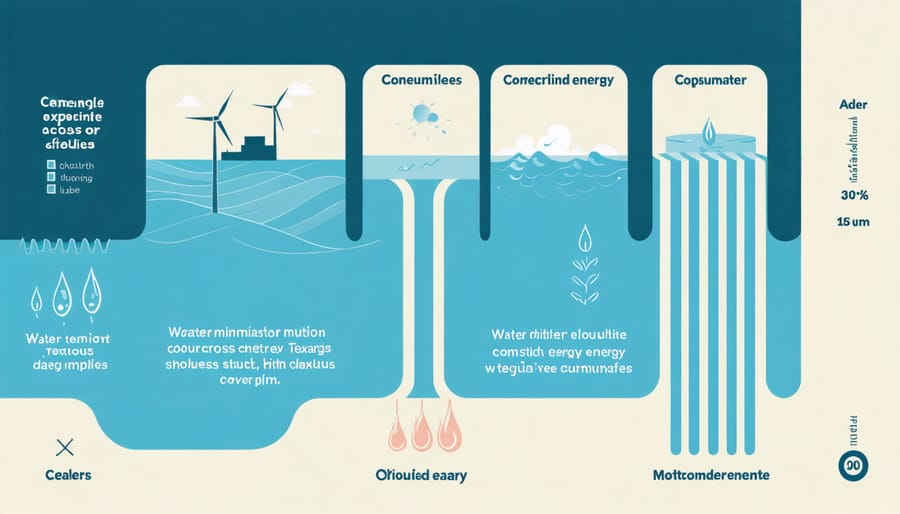
Industry Innovations in Water Conservation
The solar industry has made remarkable strides in reducing its water footprint through innovative manufacturing processes and recycling systems. Many leading manufacturers now implement closed-loop water systems, which recycle and reuse up to 90% of the water used in production. This significant improvement means that modern solar panel factories use far less fresh water than their predecessors from just a decade ago.
Advanced dry cleaning techniques have revolutionized the wafer cleaning process, traditionally one of the most water-intensive steps in solar panel production. These new methods use specialized equipment that cleans silicon wafers effectively without requiring large amounts of water. Some manufacturers have even developed waterless cleaning systems that use automated brushes and air pressure to remove debris from panels during production.
Smart water management systems equipped with AI technology help factories optimize their water usage by identifying inefficiencies and automatically adjusting processes. These systems can reduce water consumption by up to 40% compared to traditional manufacturing methods. Additionally, rainwater harvesting and greywater recycling systems are becoming standard features in new solar manufacturing facilities, further reducing their dependence on fresh water resources.
Several manufacturers have also adopted innovative cooling systems that use air instead of water for temperature regulation during the production process. These air-cooled systems not only conserve water but also reduce energy consumption, making the entire manufacturing process more environmentally friendly.
These water-saving innovations demonstrate the industry’s commitment to sustainability and continue to make solar panel production increasingly eco-friendly. As technology advances, we can expect to see even more efficient water conservation methods implemented across the solar manufacturing sector.
The Long-Term Environmental Benefits
While solar panel manufacturing does require significant water usage initially, the long-term environmental benefits far outweigh this upfront cost. A typical solar panel system operating for 25-30 years will offset its initial water consumption within the first 1-2 years of operation. This is because traditional electricity generation methods, particularly coal and nuclear power plants, consume massive amounts of water daily for cooling and steam production.
Solar panels, once installed, require minimal water for maintenance – usually just occasional cleaning with rainwater or a light rinse. Over their lifetime, solar panels help save millions of gallons of water that would otherwise be used in conventional power generation. For example, a typical coal power plant uses about 500 gallons of water to produce one megawatt-hour of electricity, while solar panels use virtually no water to generate the same amount of power during operation.
Additionally, solar panels help protect water resources by reducing the need for water-intensive fossil fuel extraction and processing. They also minimize water pollution risks associated with coal mining and fracking. Modern manufacturing facilities are increasingly implementing water recycling systems and improving production efficiency, further reducing the water footprint of solar panel production.
When considering the complete lifecycle of energy production methods, solar power emerges as one of the most water-efficient options available. The initial water investment in manufacturing creates decades of clean, water-saving energy generation that helps preserve our precious water resources for future generations.
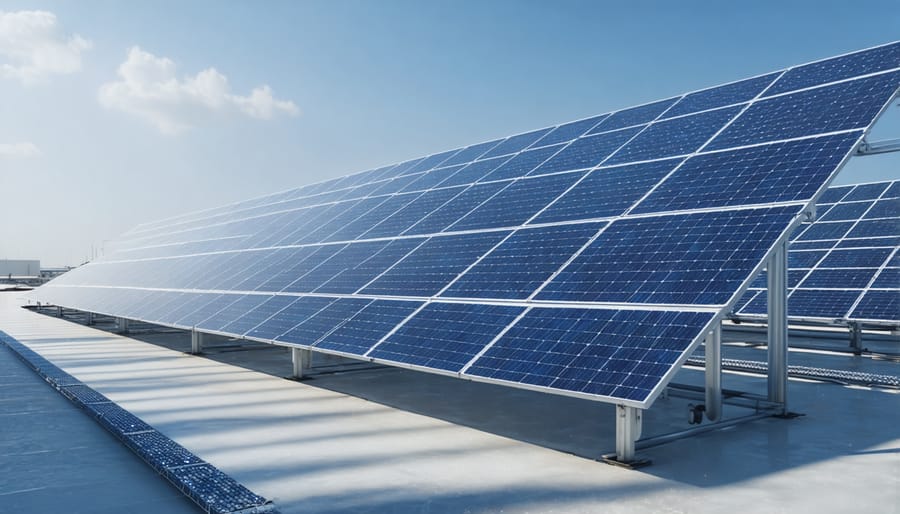
While solar panel production does require water and energy resources, the overall environmental impact is significantly positive when compared to traditional energy sources. The water used in manufacturing is a one-time investment that pays off through decades of clean energy generation. Modern production facilities are increasingly adopting water recycling systems and more efficient processes, reducing their environmental footprint. When we consider that solar panels typically last 25-30 years while preventing thousands of gallons of water usage in conventional power generation, the initial water investment becomes negligible. The solar industry continues to innovate, making production cleaner and more sustainable each year. For homeowners considering solar power, the environmental benefits far outweigh the manufacturing costs, making it a smart choice for both the planet and personal sustainability goals.

